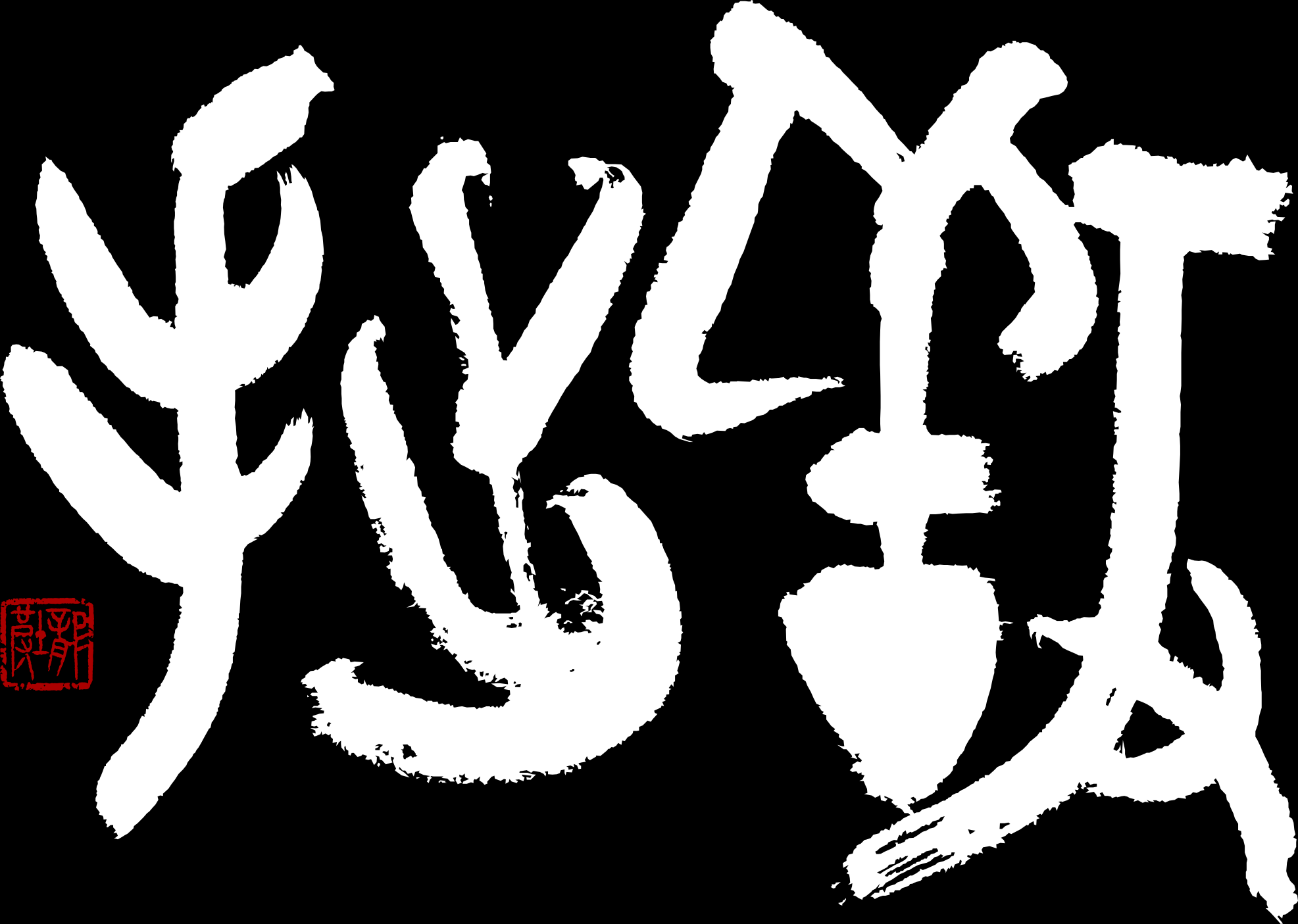To get the best out of your equipment and materials, follow these simple steps.
Ink
Ink is a suspension of soot particles in water, and these particles settle over time. Before using ink, check that the container is properly sealed, then give it a quick shake to redistribute the particles.
Ink also contains a natural glue called nikawa as well as fragrances. Since these are organic substances, they can spoil if left exposed to air. Always seal the container tightly after pouring out what you need.
If you take a break during practice, put the lid on your inkpot to prevent dust from falling in.
Paper
Store your calligraphy paper in a cool, dry place away from direct sunlight.
If improperly stored, ink may start to bleed excessively when you try to write on the paper. In this case, the paper is said to have “gone and caught a cold” (kaze wo hiite shimatta).
Brushes
New brushes are usually delivered with the hairs in the tip glued together with paste and covered by a plastic cap. The paste helps the tip keep its shape until use, while the cap protects it from damage.
The following video shows how to prepare a new brush for use.
If a brush is not washed properly after use, ink will quickly build up at the base of the hairs, causing the brush to fork (split into prongs). Once a brush has forked, it is impossible to write clean lines.
Even with proper care, brushes eventually fork. However, by washing them carefully you will enjoy many more hours of use. The video below explains how best to do this.
For best results, allow your brush to dry completely before using it again. Once dry, gently separate the hairs in the tip by squeezing them between your thumb and forefinger, just as you would when preparing a new brush.
When not in use, hang your brush vertically by the loop at the end of the shaft. This helps the tip retain its shape.
